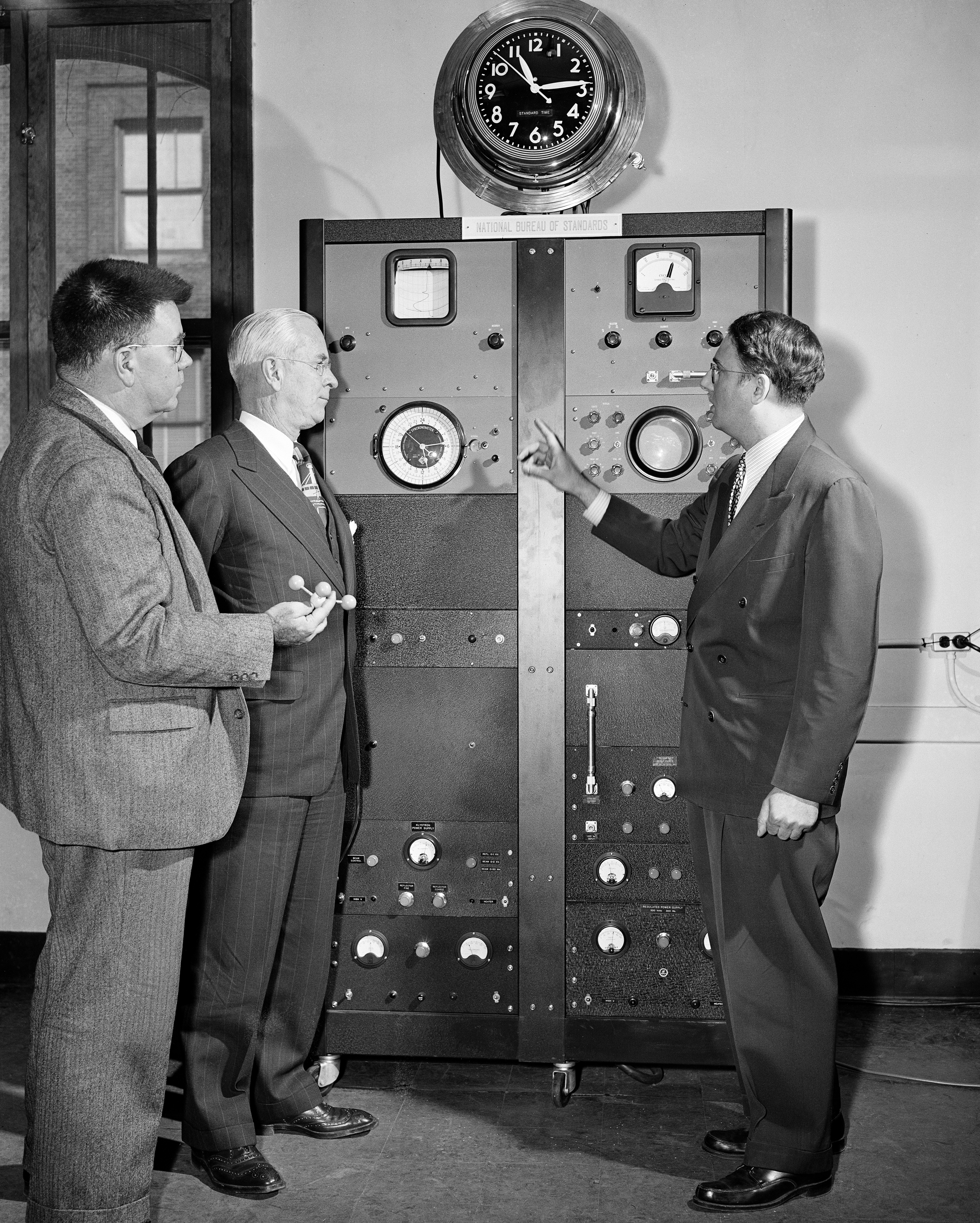Some work related trivia I’d like to share with you: My job involves deploying sensors on the seabed to record data. These sensors are battery powered, and rely on highly precise timekeeping to be correct. These devices are synchronized before deployment, and upon retrieval ~2 months later we want none or as little clock drift as possible.
Tumbleweed sounds
I’m glad you asked: we achieve this by using CSACs - Chip Scale Atomic Clocks. They are pretty much what the name Implies, and after synchronization it is able to keep the time much better than anything else. Normal clock drift upon retrieval is usually less than a millisecond, and that drift is due to (uninteresting factors not directly related to the CSAC itself)
CSACs cost a small fortune, but they’re the size of a matchbox and make it all possible. It’s amazing how small atomic clocks can be.
I love it. Tell me moar! How expensive? How does something like this exist? I didn’t realize those were around I guess.
Price: Don’t remember. I fired off a message to the guys in manufacturing, I’ll let you know if they have a price. We go through quite a few of these annually, so we have a bulk discount when buying them.
How: Magic, I guess. Also, I found a link to the ones we use: https://www.microchip.com/en-us/products/clock-and-timing/components/atomic-clocks/embedded-atomic-oscillators/csac
When we prepare for deployment, they’re connected to a docking unit which provides a clock pulse derived from a GPS signal for high precision. Then the battery pack is attached, the subsea unit is assembled, and everything is deployed, usually via ROV. It’s important that it’s kept powered the entire time upon retrieval docking, as we can then calculate a linear drift value and correct for this in the recorded data.
UPDATE: We bought “Maaaaaaany thousands” of them in 2018, and we paid 1850 USD per chip. Come to think of it, I remember hearing claims back then that we’d bought 75% of the worlds supply.
That’s tremendously cool; I had no idea these existed. Thank you very much for speaking up!
I’m also interested in what sort of data you are collecting, if you’re able to disclose?




